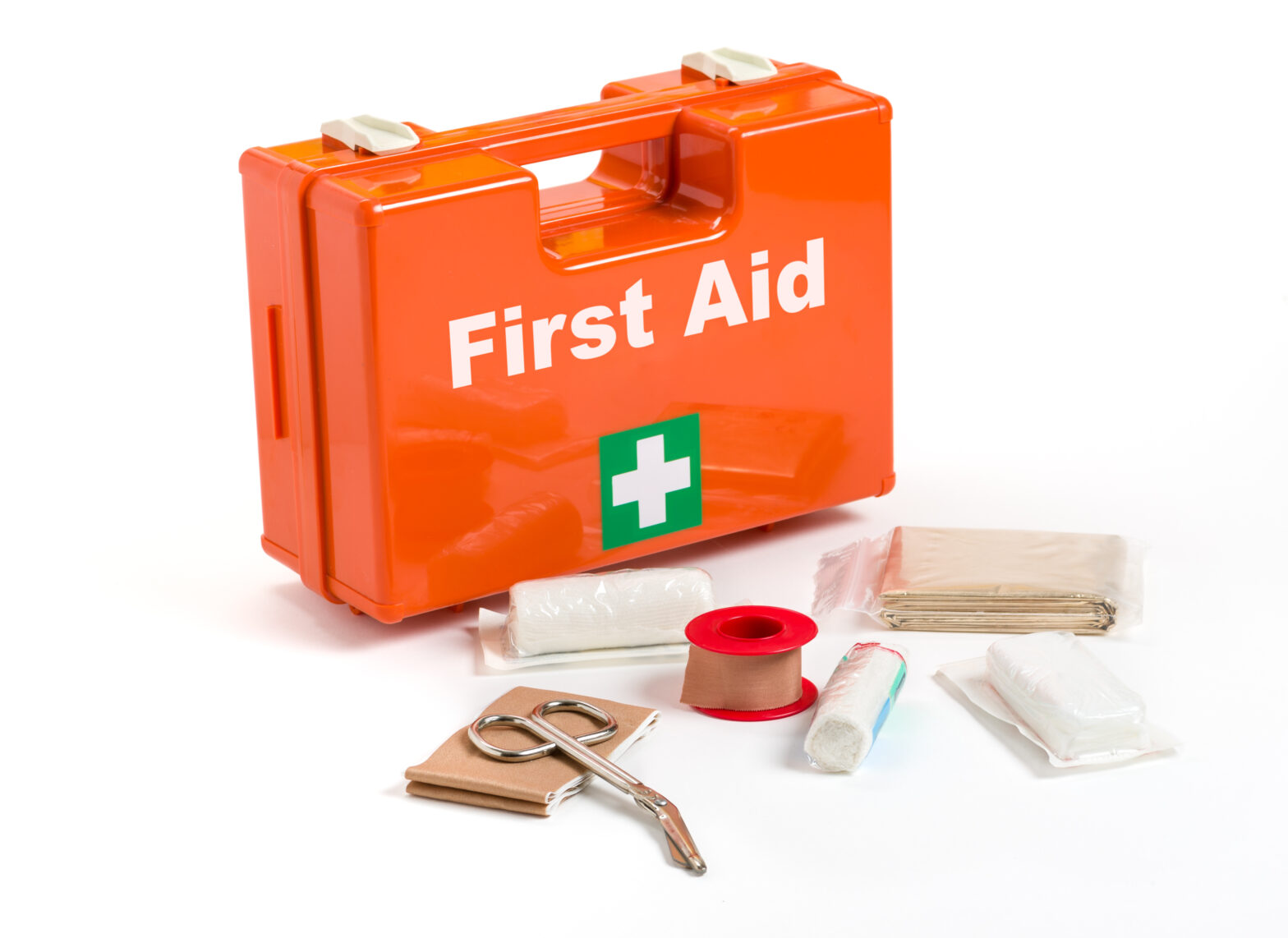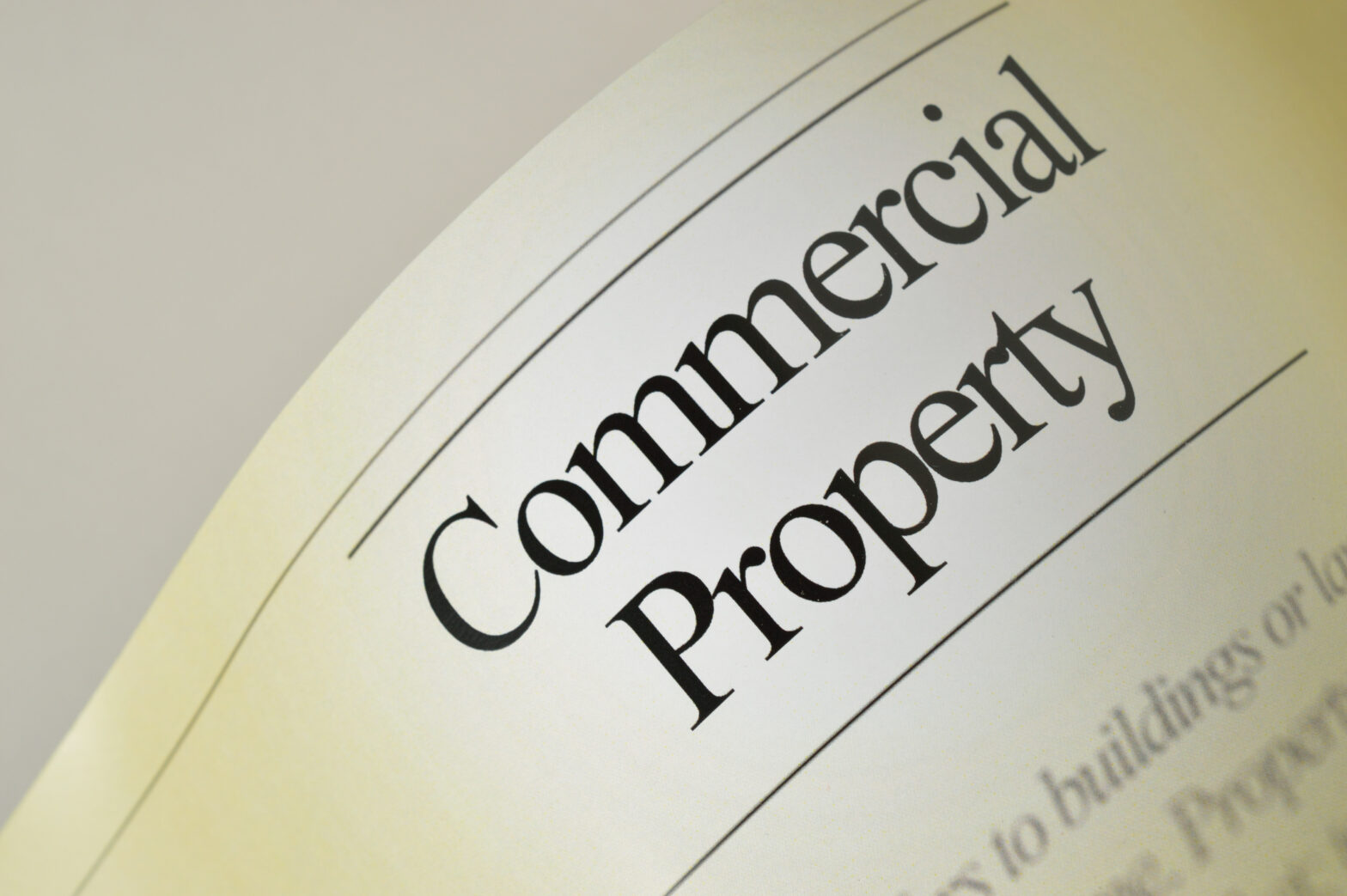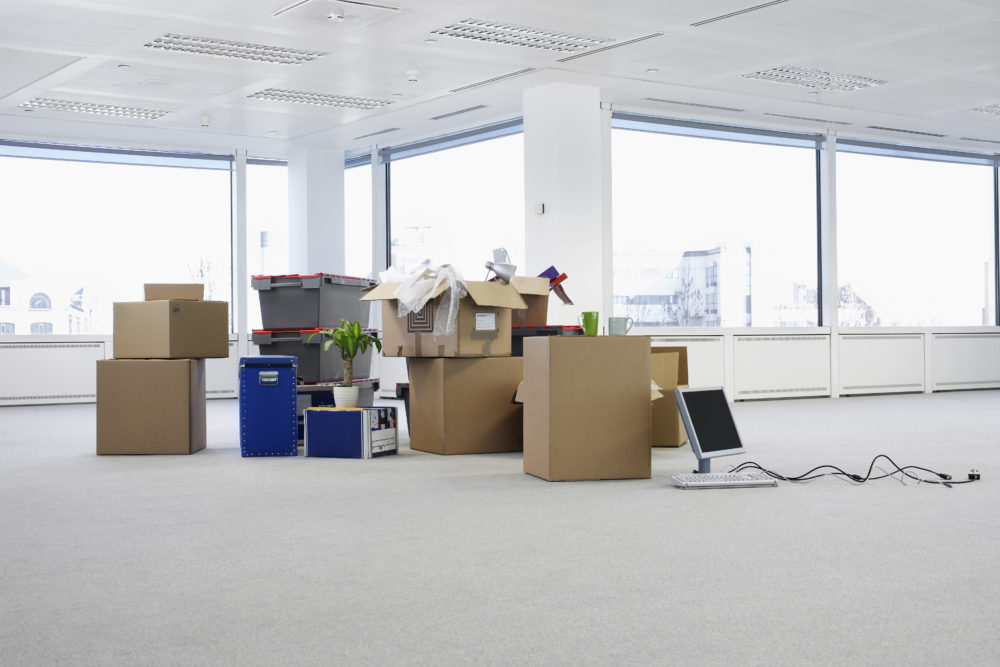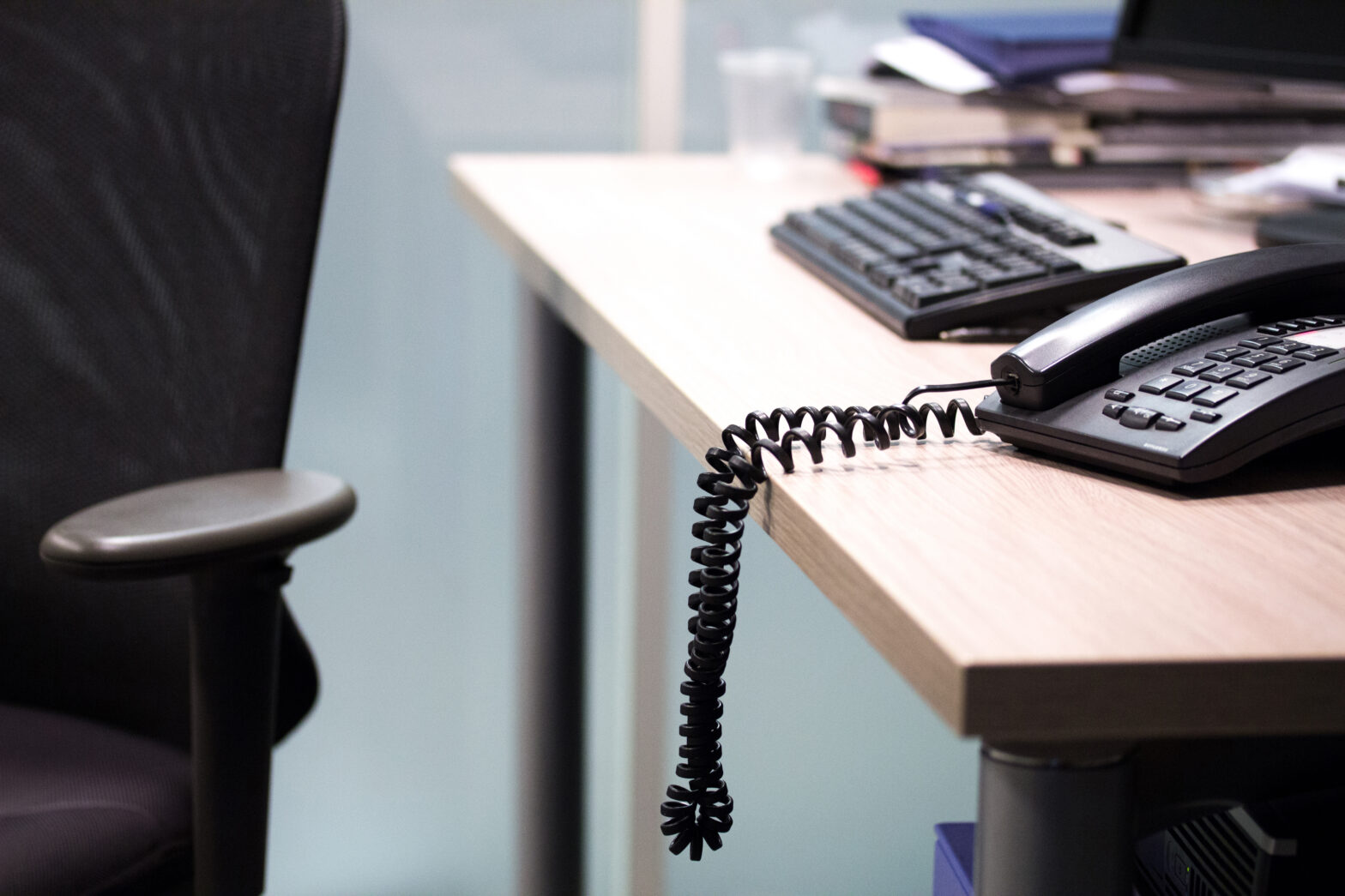The Health and Safety (First Aid) Regulations 1981 states that all employers should provide the correct equipment, allied to at least one fully-trained first aider, to ensure any injured or ill staff at work receive help immediately. The minimum requirements will probably suffice for a small office-based business or retail area which constitute low-risk, but in a large company or area of higher risk, more safeguards need to be in place.
At the lower level of risk, every workplace needs a first aid-box that is suitably stocked with items that may include a leaflet giving general guidance on first aid; wrapped sterile plasters and bandages; and disposable gloves. An appointed person must take charge of first aid arrangements, to include the provision of training for people who want (or need) to be first aiders and making sure the items above are in place and easy to find, as well as calling emergency services if needed.
The training itself could be the basic First Aid at Work (FAW), or the more advanced Emergency First Aid at Work, or any other applicable training. FAW will typically include training in how to deal with cuts and bleeding, shock, minor injuries, up to resuscitation, choking and treating an unconscious casualty. An FAW course from an accredited body typically takes three days, and lasts for three years.
In any given company there are no hard and fast rules for how many first aiders should be in place. In a low-risk environment the HSE suggests at least one person for the first 25 employees, with more advanced training for that person (or any other first aiders) once numbers start to grow. For ‘higher hazard’ roles that number falls to five, and above that more specific training will be needed depending on the likelihood of types of injuries occurring in any given circumstance.
Times where there may be higher or lower levels of staff (shift work etc.) should also be taken into account, to make sure the correct number of people with training are on-site at any one time. It may also be worth considering the correct level of trained staff on-site when members of the public visit the premises or site. If you work alone, you should be able to administer first aid to yourself.
Of course, prevention is better than cure, and a qualified risk assessor should be able to identify many potential dangers and hazards and act accordingly as part of an overall health and safety policy. This will entail checking manufacturers’ instructions on equipment or chemicals, keeping accident reports up-to-date and learning from them, and taking a long-term approach to hazard awareness (e.g. working in noisy conditions, or in an area where one is exposed to chemicals).
An assessor, working in conjunction with the appointed first aid personnel (it might be the same person), might request additional equipment for the site such as defibrillators and perhaps a treatment/rest room itself. They might request specific protective clothing (click here to find out more) or tools. Ultimately, preparation is the key to stopping incidents happening in the first place, or to prevent a mishap turning into a disaster.





